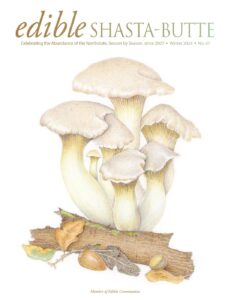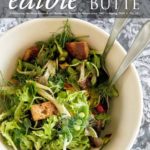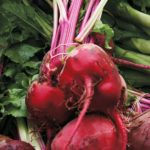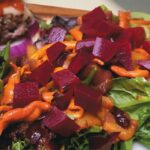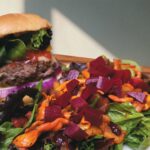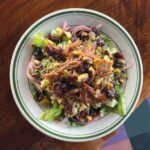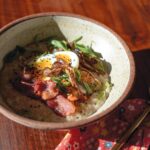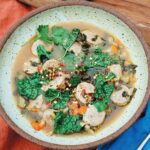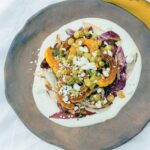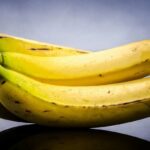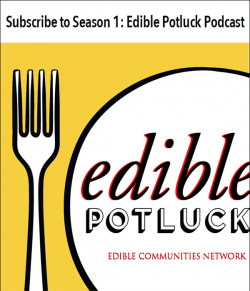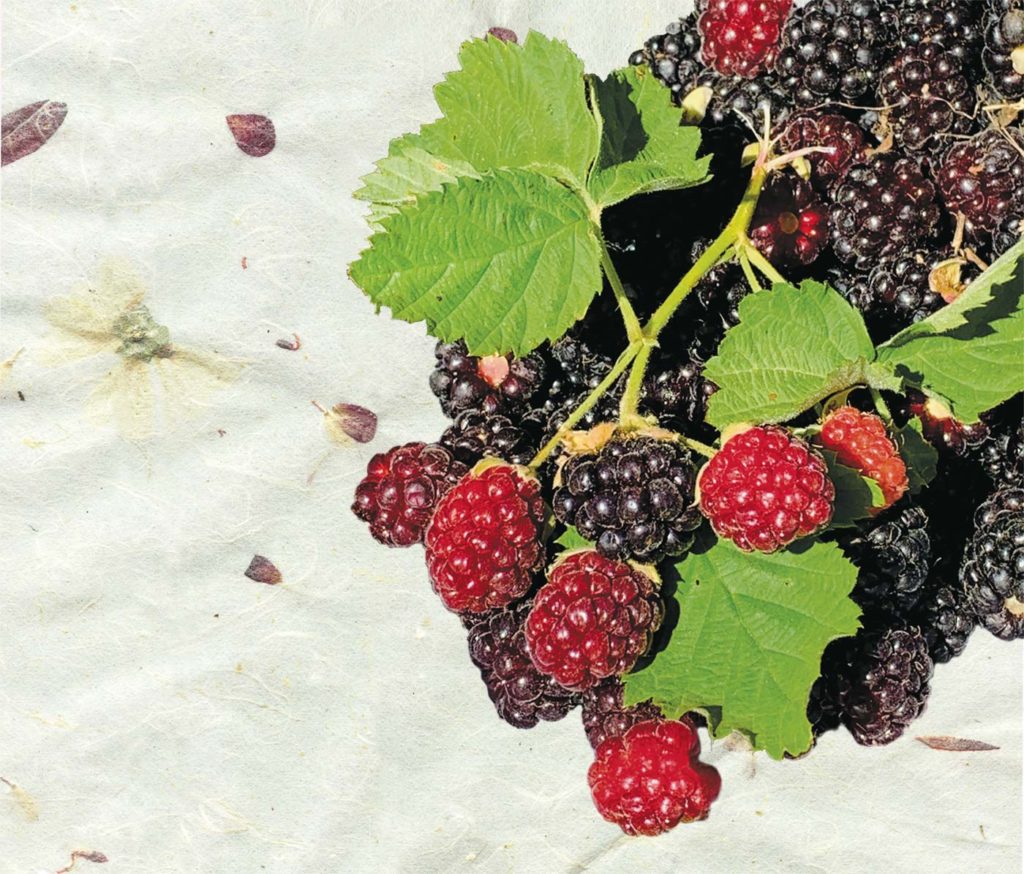
The Boysen Family Grows Heritage Boysenberries in the North State
Like a boysenberry vine, the birth and evolution story of this fruit is a winding, tangled tale, and not without thorns. Jeanette Boysen Fitzgerald tells the juicy details of the berry that bears her surname with pure exuberant enthusiasm. “I want to share the boysenberry and the story with everyone. These berries are wonderful and once people taste them, they are hooked,” she said.
Wait, back up a second. You might be asking yourself, is the boysenberry actually named after someone named Boysen? Though there is not a Mr. Ras, Mr. Blue, Mrs. Marion, or Ms. Cran, there is, in fact, a Mr. Boysen. Charles Rudolph Boysen is the creator and namesake of the Boysenberry. Rudy Boysen, as he was known, was Jeanette’s grandfather. Though she grew up knowing Grandpa Rudy had something to do with the berry, she didn’t know the full story until 2017. It was then that Kevin Courtney, a reporter from the Napa Valley Register, started digging around, unearthing the amazing origin story of the boysenberry as it was created in Napa.
THE ORIGIN TALE
Rudy, born in July of 1898, grew up on a farm, loving plants. After marriage, he was raising his family on a prune farm in Napa, and began experimenting with cross pollination of volunteer berries that were growing on the property. In 1923, he collected pollen from one type of berry and used a paintbrush to cover the buds on a different berry vine. One of the hybridized vines produced wonderfully large robust berries. Rudy had successfully produced and cultivated something brand new. When the family had to quickly pack up and move to his father-in-law’s property in southern California, the hybrid vines were hastily potted in coffee cans and taken south.
The vines were replanted in an irrigation ditch alongside the family orange grove that Rudy was now tending. Bountiful large, juicy, and tasty berries grew on Rudy’s thriving vines. In 1927 he took a sample of the berries and the vine to Douglas Coolidge, a well-respected rare plant grower in the area. Coolidge was clearly impressed and wrote to the USDA in Washington, DC, saying they needed to see these vines that produced what he called “the berry sensation of the century.”
The wheels turned slowly, and in the five years it took for the USDA to finally send someone west to investigate the berries, Coolidge had died, the orange grove had sold, Rudy had had a terrible fall that left him crippled, and the vines were untended. Fortuitously, George Darrow, the USDA inspector, persisted in his search for the vines and tracked Rudy down in the phone book. Together, they located the vines, which were still growing in the irrigation ditch. Darrow then introduced Rudy to Walter Knott (of Knott’s Berry Farm), who was anxious to see the berries that were described to him as being “as big as your thumb.” Once Knott realized how prolific the berries were, producing 4-7 tons per acre compared to about half that for blackberries, he replanted his entire berry farm with Rudy’s vines. Legend has it that it was Knott’s wife, Cordelia, who eventually suggested naming the berry after Rudy, which is how the Boysenberry got its name.
Mr. Knott went on to make the boysenberry famous, first at their popular farm-side dining establishment, Mrs. Knotts Chicken Dinner Restaurant. The Knotts built a western style ghost town adjacent to the restaurant to keep patrons entertained while they waited to dine on chicken and boysenberry pie. Over time, Knott’s Berry Farm expanded dramatically, becoming a full-fledged amusement park of fifty-seven acres. The boysenberry has remained central to Knott’s, with an annual Boysenberry Festival. Beyond this month-long berry celebration, guests can enjoy sweet and savory boysenberry centered food and drink throughout the park, all year long. The range of food is wide and interesting, standards like boysenberry lemonade and waffles and unique creations like boysenberry gumbo and tamales.
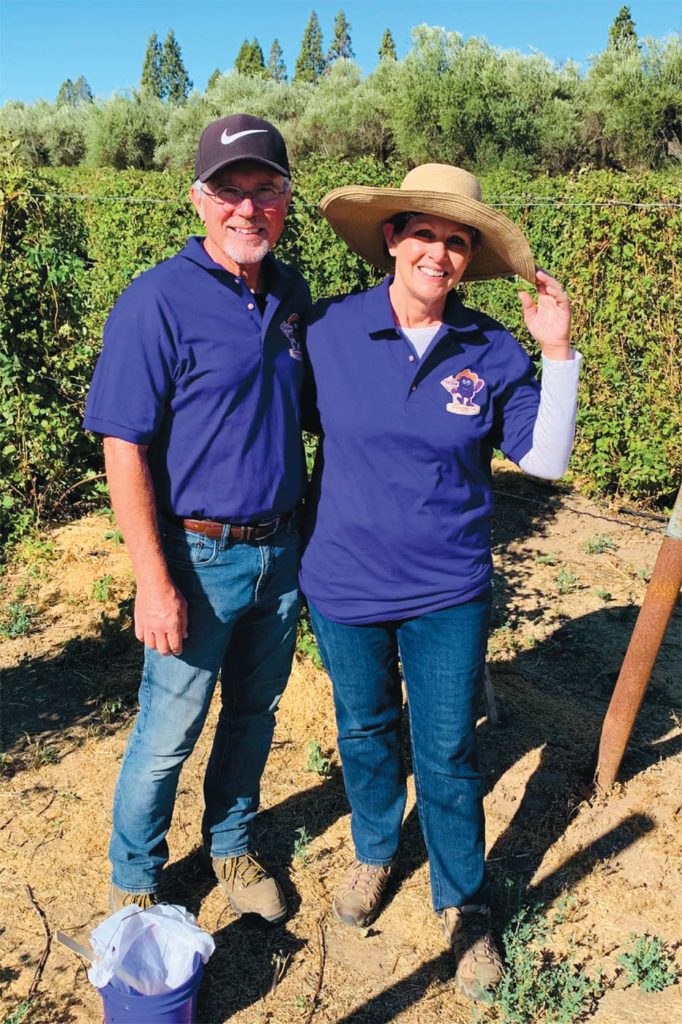
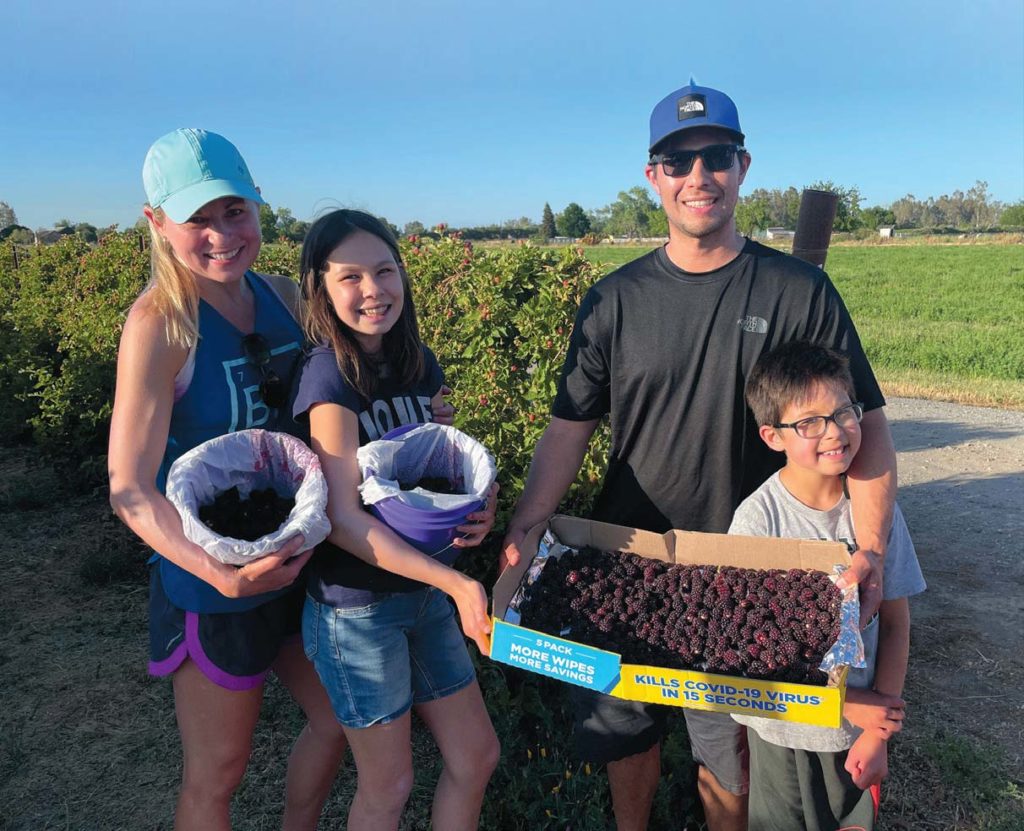
THE THORNS
The Knott family clearly capitalized on the boysenberry; however, other than the name of the berry, the Boysen family did not. Patents were not available at the time when Rudy created the hybrid berry, so he did not maintain any rights or make any profit related to his berry innovation. After Rudy died at age 55 of complications from his fall, his brother Leland took some remaining original vines and replanted them on his property in Merced. Twenty-five years later, in 1976, starts from these vines were given out at a family wedding. A Boysen cousin, Alice Masek, from Castor Valley, California, was among the guests who planted and grew the original hybrid vine obtained at this wedding.
A NEW BEGINNING
In 2017, as the story unfolded with interviews and then publication in the Napa newspaper, Jeanette and her husband Tom Fitzgerald realized there was a family legacy that has been left unclaimed. “Tom really encouraged me to follow my heritage. It’s been a gift of love,” said Jeanette. Tom affirmed this, “Once the historian connected her with her cousin Alice, who she didn’t know about, I thought we had to do something.” Though neither she nor Tom had any farming experience, they made the decision to uproot their lives in Las Vegas and put down new roots as boysenberry farmers. “This was an opportunity in our lives and we decided to step into it,” said Tom.
After a detailed search, looking for affordable land that had the right soil classification and available water, they bought ten acres in Orland, naming it the Boysen Berry Farm. “We looked in Oregon, but Northern California has much more sunshine, and Orland offered the cheapest water in the state,” said Jeanette. Jeanette was able to get her own boysenberry starts from her cousin Alice’s Castor Valley property. She and Tom propagated their vines, planting half of their new property with them in 2018 and harvesting their first boysenberries in 2019. “The vines astounded us with how well they grew,” she said. There is clear pride in her voice as she reflects on the decision. “We’re so thankful we bought where we did; it’s just the profile we needed, perfect for growing organically using well water,” said Jeanette. Good news beyond the abundant harvest of 2019 was received via confirmation from a USDA genetic study that their vines were indisputably direct descendants of Rudy’s original hybrid. The DNA test also revealed that Rudy’s boysenberries were a cross between marionberry and loganberry.
The Boysen Berry Farm features a line of jams and syrups named “Rudy’s Original,” a tribute to Jeanette’s grandfather. The products are made using a hand cranked device that removes seeds and pulp. “It’s very home spun,” admitted Jeanette—so much so that other family members say the jams and syrups are “just like Grandma used to make.” She continued, “People love the products, so I know we are doing something right.” Plans for expansion of their product line are in the works, starting with doubling their freezer space for the coming season. “We have a lot of room to grow, and we plan to continue to do it. It makes me excited,” said Jeanette.
In talking with Jeanette and Tom, it’s clear that their wish is to share the boysenberry with as many people as possible. This year during U-Pick, they will have 1,000 boysenberry starts for sale. “We want people to grow their own backyard boysenberry patch,” she said. As a boutique farm in a small town, Jeanette said she appreciates that she has time to talk with customers. She said she loves to hear from others about their history with the boysenberry. “I’m very grateful to have this connection with my grandfather, though I never got to meet him,” she reflected. The best part about this journey, according to Tom, is “seeing the joy in my wife’s eyes.” Rudy would surely be “berry” happy to know that his creation brings joy to his granddaughter and has led to a legacy of delicious berries and delighted consumers.
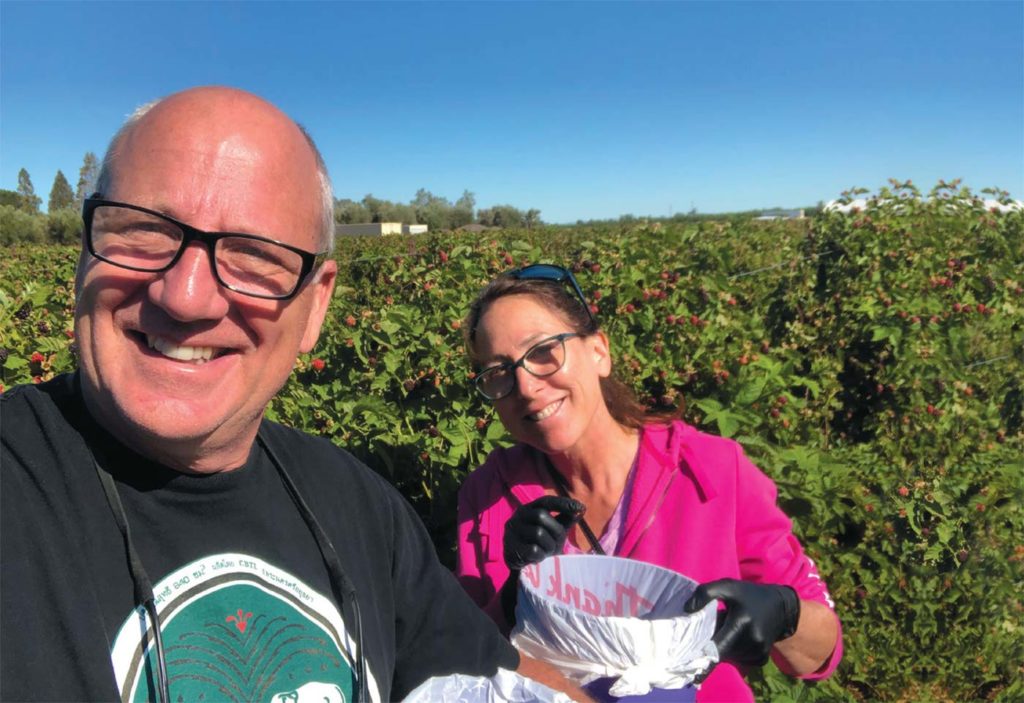
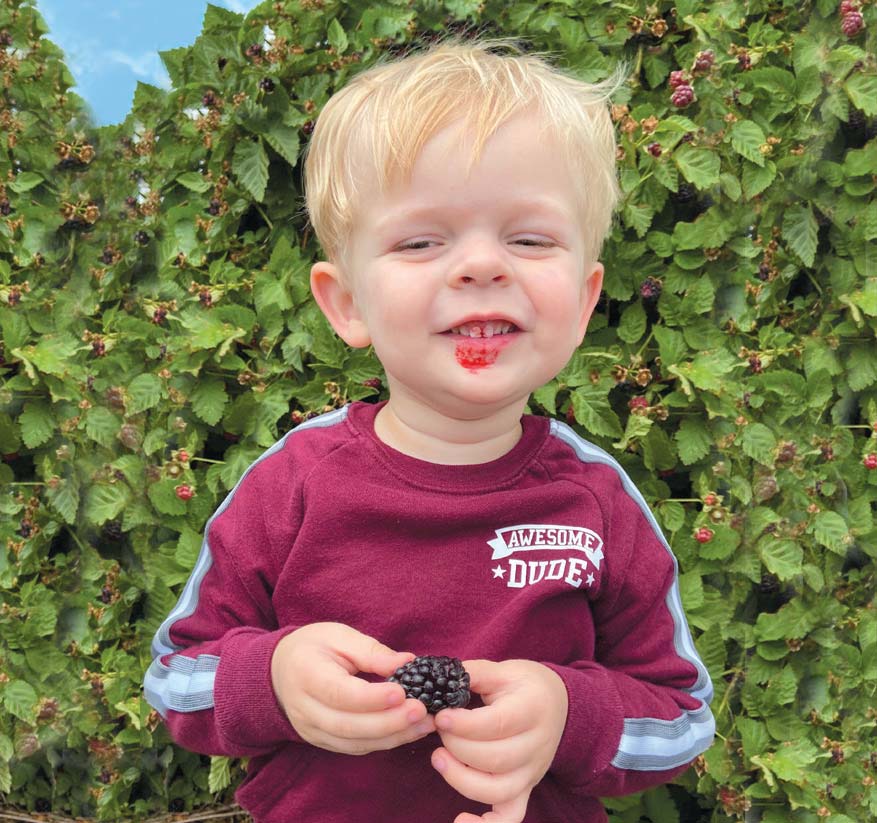
Finian, one of the the Farm’s youngest U-Pickers in 2021, holds the harvest’s biggest boysenberry, which went down the hatch, not into his bucket.
U-PICK SEASON 2022
The Boysen Fitzgeralds are eagerly anticipating their fourth U-Pick season in Orland. “We love this time of year, sharing the berries and stories with other families,” said Tom.
This year’s U-Pick season is expected to begin Saturday, May 14, and is predicted to last almost four weeks. Please check the website to confirm the dates as this is a weather-dependent estimate. Once open, The Boysen Berry Farm will take visitors from 7 to 7 daily, until the season finishes.
Jeanette advises pickers to come early in the day for better temperature and firmer, easier to pick berries. Other suggestions include bringing gloves and wearing closed toe shoes and a sun hat. You can bring your own bucket or use one from the farm. Berries are sold by the pound and payment can be made with credit card, cash, Venmo or PayPal. If driving a distance, you may want to bring a cooler to transport your bounty. Boysenberries freeze well and can be enjoyed throughout the year this way. And the farmers provide recipes for pies, cobblers, cookies, jams and other goodies. They also plan to have Rudy’s Original Boysenberry jams and syrups available at the U-Pick farmstand.
THE BOYSEN BERRY FARM
6282 County Road 23, Orland
530.936.5050
rudysoriginal.com
Bonnie and Ken Chapman are partners in many of life’s great endeavors including marriage, raising two children, global travel adventures and writing for Edible Shasta-Butte. Both are avid trail runners and you can find them enjoying Upper Bidwell Park or wherever the trails take them.



